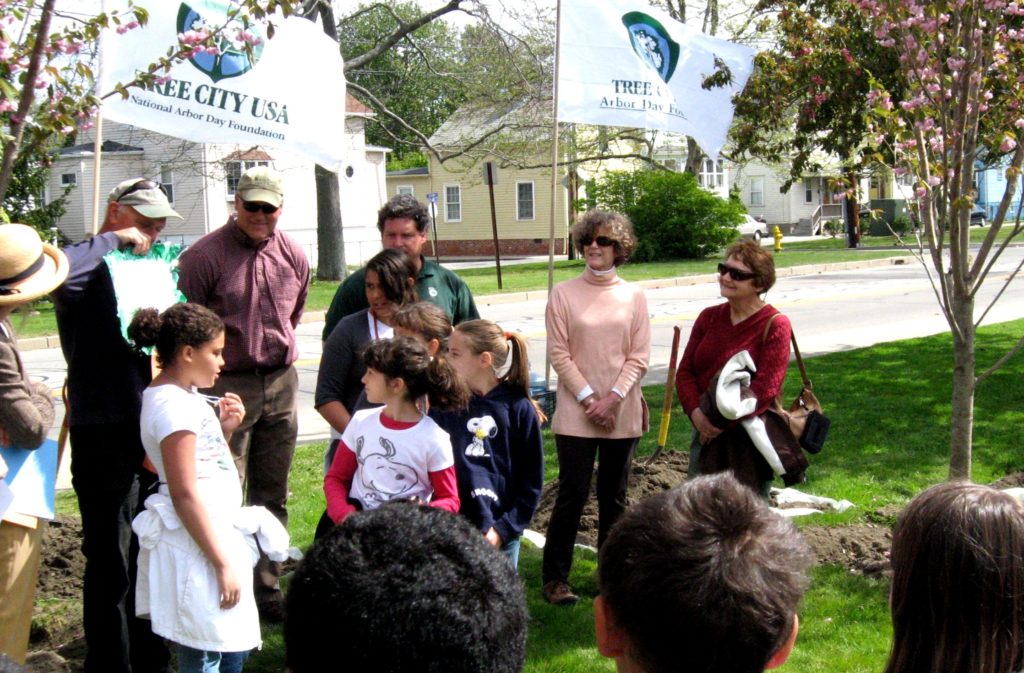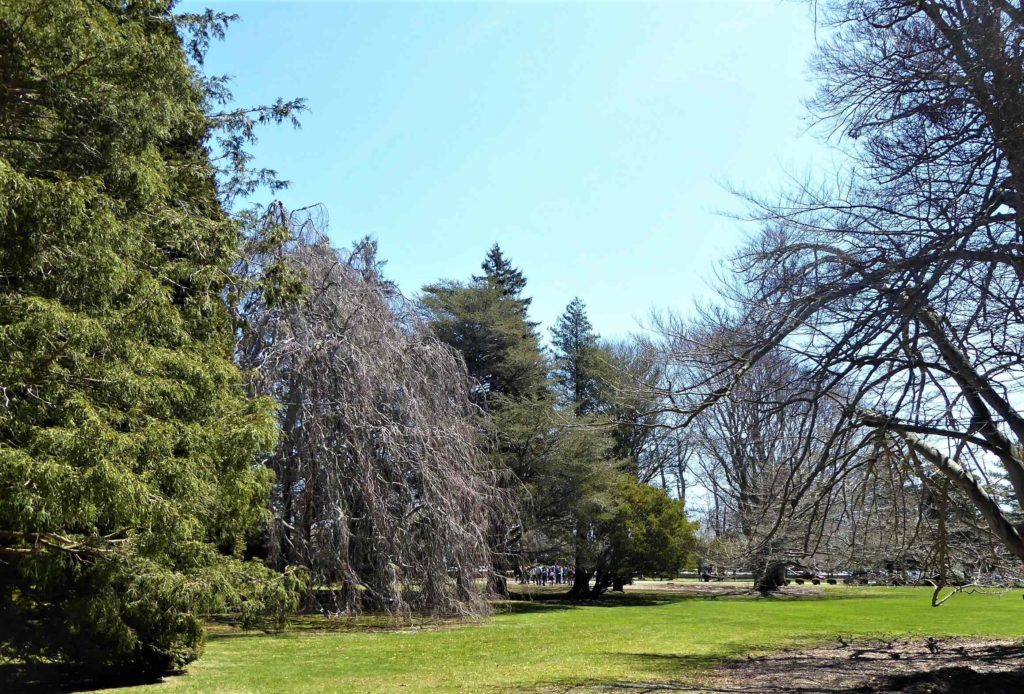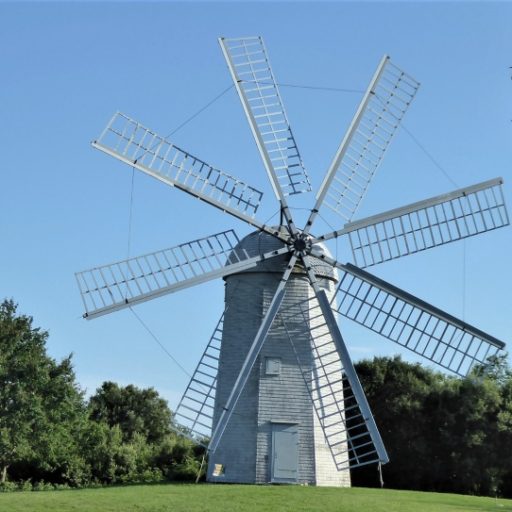Skip to content
by David W Brown Middletown RI April 2023 
All my life I’ve rubbed elbows with trees — the 1938 Hurricane blew down the limb that held my childhood swing … I saved money for college by working on an orchard … one of our local 4-H Club’s projects was forest-fire fighting (we spent a week of nights on a woods fire near New Haven) … while in college, one summer was a U.S. Forest Service lookout-fireman in northern Idaho (hitchhiked out there from Conn., and back) … worked with foresters and agro-forestry in Tennessee, Malaysia, Indonesia, Peru and other places. After retirement, I found myself becoming a member of the Newport Tree Commission (chaired 2003-07). I have helped write tree-care information items, and still have some doings related to Newport trees and the RI Tree Council.
But I’m not a tree-hugger. Trees and shrubs indeed fit into many landscapes as scenic enhancers, sources of cooling shade, and moisture and carbon retainers. They can also block sidewalks, endanger power lines and buildings, fall on people, and impede seaside views. Rather than just advocating for more and more trees, or certain species in isolation, I think tree commissions have a duty to act in a balanced way, in keeping with aims of broader land use, public space, watershed management, and environmental planning.

Let me share with you some tree-related information sources that you too may find useful:
The City of Newport, Rhode Island, has taken special steps to protect, renew and enhance its historic tree stands amid its unique parks, near-shore open spaces, avenues and narrow historical streets. It has done this through a blend of tree stewardship education, promotion of replacing older trees, and an ordinance that defines tree-related rights and obligations. What began as an isolated Newport Tree Commission has become part of a well meshed Tree, Parks and Open Space program, with a web page that has solid tree-care helps.
A lot of this has been sparked by an active, creative Newport Tree Society, now called the Newport Tree Conservancy. A current emphasis is its Aquidneck Island Arboreta program, which is helping managers to restore former species diversities and elegance of their properties, and earn national arboretum accreditation. Student interns are helping to do tree inventories. In a related push, a Heritage Tree Center has been established at Rogers High School. Students and teachers there are propagating seedlings from famous Newport trees that are near the end of their life spans. These student involvements are fostering skills and interests that could lead to exciting careers.
Here’s what nearby tree commissions are doing and thinking about:
The RI Department of Environmental Management gives active attention to urban and community forestry. A key part of that is trying to prevent very destructive invasives like Asian Longhorn Beetle and Emerald Ash Borer from spreading here.
Another statewide resource is the Rhode Island Tree Council. RITree has an active Tree Steward training program. It is monitoring Growth Degree Days in several towns, as a basis for alerting us when to guard against tree pests, with less use/waste of chemicals. RITree is also providing tips about how to grow small fruit trees in one’s own back yard.
24 Ways to Kill a Tree, from Virgina Tech. Lots of grounds managers and novice caretakers in my circuits have liked this for starters.
Trees Are Good, from the International Society of Aboriculture. To be ISA-certified (not just RI-licensed) shows that an urban tree specialist you may be hiring has met special standards.
Our urban landscapes and properties often meld into nearby wooded areas, farmlands, protected open spaces, and wetlands. This University of Rhode Island woodland partnership website is about wise management of some of these interfaces.



